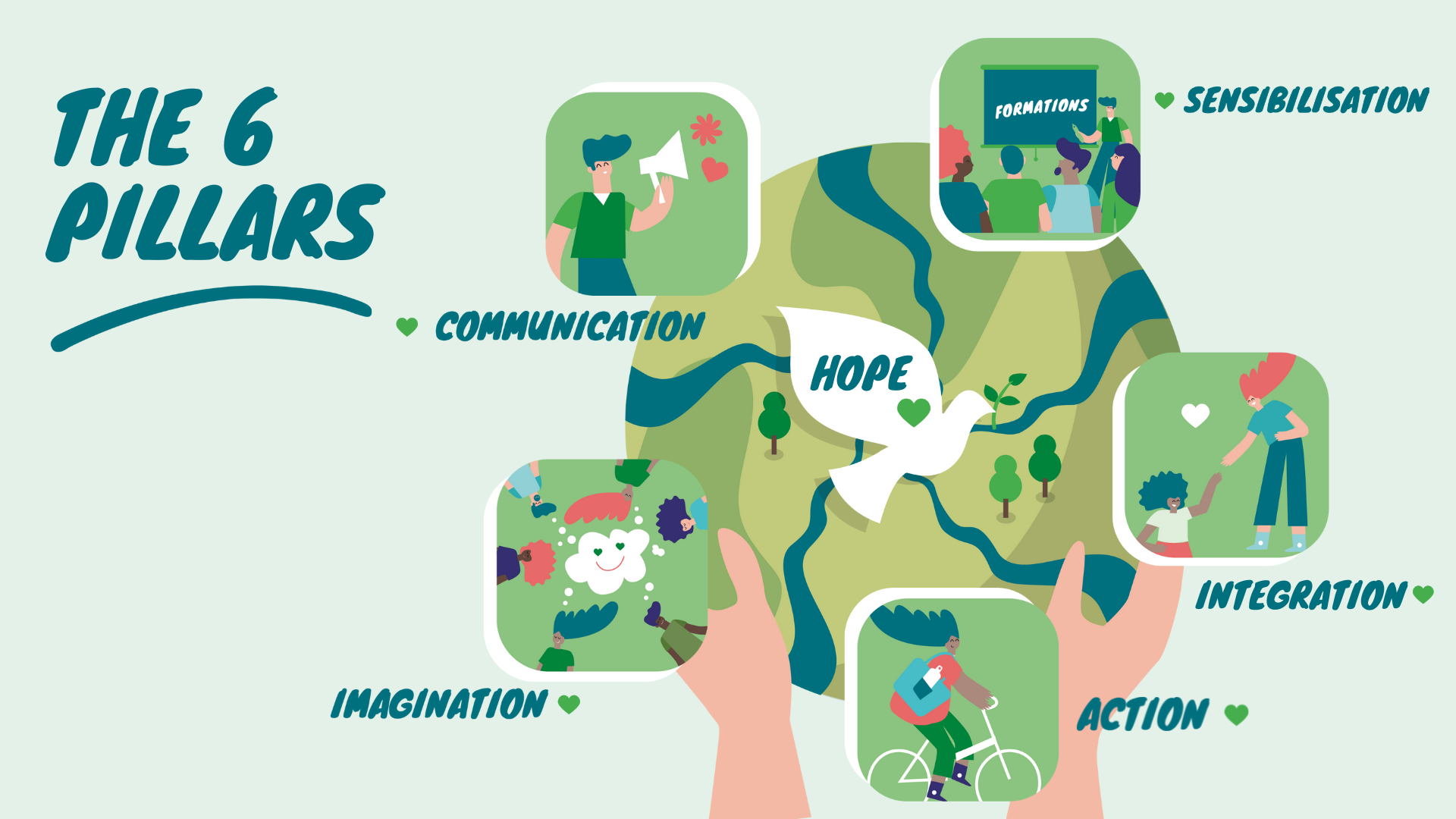2022 Award winners: ULiège
This series features our 2022 Award winners. This month, we hear from the Université de Liège.
What does it mean to you to win the award?
This international recognition generates a general feeling of pride at the University of Liege! It strengthens the energy of the Green Office team and motivates it to share the program in order to increase the positive impact. The publicity generated around the program makes the work of the Green Office more visible inside and outside the University. This better knowledge by internal and external actors at ULiège increases the potential for partnerships around the various activities integrated into the program (conferences, construction of challenges, etc.).
What’s next for your project: “Student commitment program to reduce individual carbon footprint”?
Two new goals have been already set by the team.
The first one is dedicated to broaden the outreach of the replication of the program. We aim to spread it from the French-speaking part of Belgium to the Dutch-speaking part of our country. This autumn we will organize the twinning of challenges for climate and biodiversity between our Higher Education institutions in these two regions.
The second one consists of enriching the content of the program by adding two new pillars to the strategy. The “Imagination Pillar” will invite our students to dream the sustainable territory they want to live in by 2030. The “Hope Pillar” consists in sharing inspiring positive initiatives to give our students the will to engage themselves to build together a sustainable world.
Do you have any advice for those working on “Cultural Change for Sustainability”?
Yes, we have some advice to motivate the students to engage themselves to act for cultural change for sustainability!
For example,
- build a very motivated student team with multidisciplinary profiles supported by a staff coordinator
- propose an attractive pioneer program which stimulates the interest
- ensure the scientific validation of the program to avoid “the false good ideas”
- include a large variety of stakeholders to build together the challenges (for example the Professors can build a challenge with their students within the framework of their courses)
- gather the engaged students into a single strong community on a collaborative platform
- give visibility to the impacts generated by the program’s actions
- share the program and organize simultaneous actions on different campuses to generate greater positive impacts and enthusiastic feelings
- offer fun through contests and festivities
- massively communicate to the students about the activities and the challenges with different tools: videos, debates with charismatic personalities, and so on.
